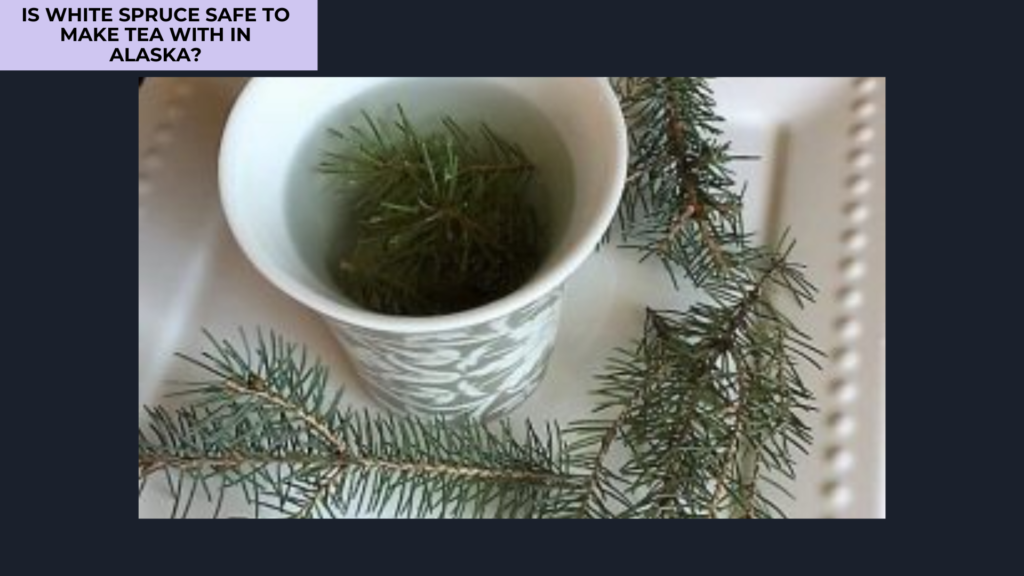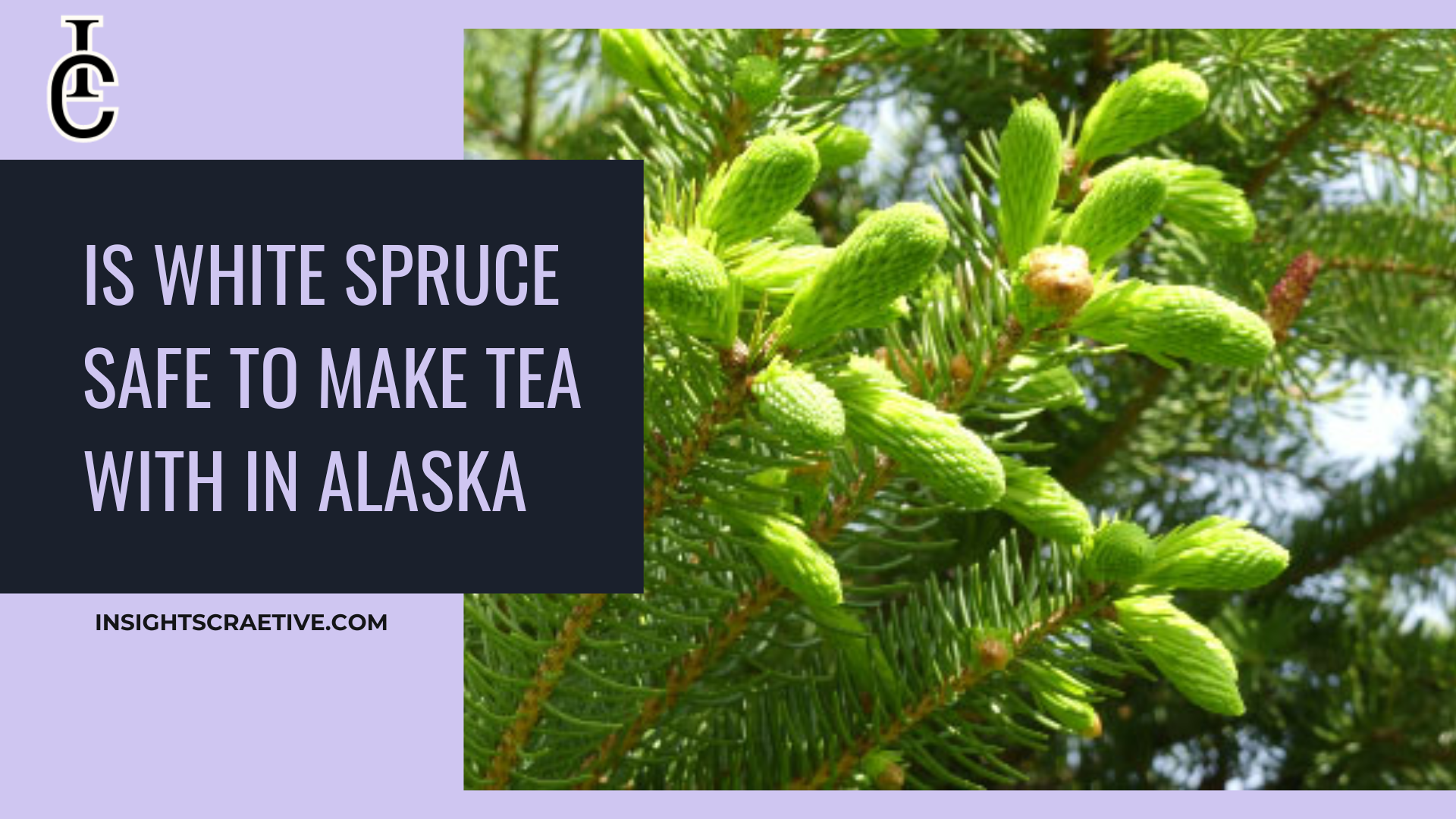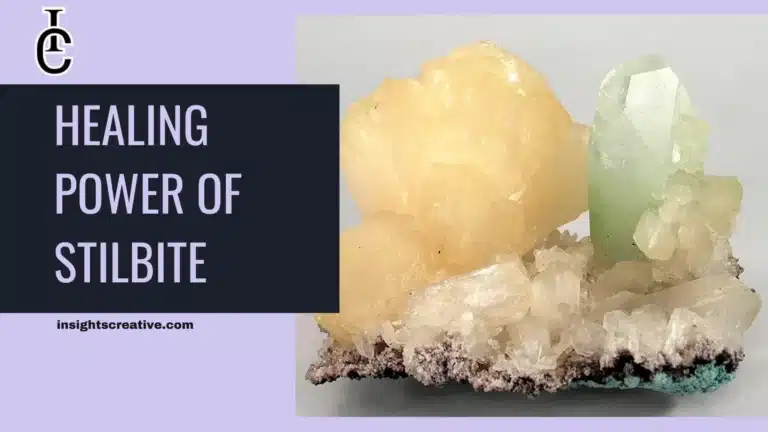In Alaska, white spruce trees are abundant, and their needles are commonly used to make tea. Known for its high vitamin C content and unique flavor, white spruce tea offers various health benefits and is cherished in many indigenous cultures. But is white spruce safe to make tea with in Alaska? This comprehensive guide explores the ecological significance, benefits, potential risks, and ethical considerations associated with harvesting white spruce needles. We’ll also look into sustainable harvesting practices and how climate change impacts these trees, so you can enjoy white spruce tea responsibly.
The Importance of White Spruce in Alaska’s Ecosystem
White spruce trees play a vital role in Alaska’s ecosystems. From providing habitats for wildlife to maintaining soil stability, these trees are an integral part of the boreal forest.
Ecological Significance of White Spruce
The white spruce tree is essential for Alaska’s environment. It provides shelter and food for various species, from birds and insects to mammals like moose and bears. These trees also help stabilize the soil and prevent erosion, particularly in riparian zones. Their needles and branches create a unique microhabitat that supports biodiversity and contributes to nutrient cycling within the forest.
White spruce trees also play a role in carbon sequestration, helping mitigate climate change by absorbing carbon dioxide from the atmosphere. Their extensive root systems help maintain soil moisture, contributing to the resilience of the ecosystem during dry spells.
Cultural and Traditional Uses of White Spruce
For indigenous communities in Alaska, white spruce holds deep cultural and medicinal significance. Traditionally, white spruce needles, bark, and sap have been used to treat ailments, purify water, and even repel insects. White spruce tea, made from young needles, has been a traditional remedy for colds and respiratory issues due to its high vitamin C content. The tree’s bark and pitch have also been used for wound healing and as adhesives.
This cultural significance underscores the importance of using white spruce responsibly, respecting traditional knowledge, and ensuring that harvesting practices are sustainable.
Is White Spruce Safe to Make Tea With in Alaska?
Making tea from white spruce needles is generally safe for most people and provides a range of health benefits. However, it’s essential to understand the potential risks and precautions to ensure safety.
Health Benefits of White Spruce Tea
White spruce tea is not only flavorful but also packed with nutrients. Here are some key health benefits:
High Vitamin C Content
White spruce needles are rich in vitamin C, an essential nutrient that boosts the immune system and helps the body fight infections. In Alaska, where fresh fruits and vegetables can be scarce, white spruce tea has historically served as a natural vitamin source during long winters. This makes it a valuable dietary supplement for residents.
Respiratory Benefits
The tea made from white spruce needles is known for its respiratory benefits. The aromatic oils in the needles, such as pinene, have a soothing effect on the respiratory tract, helping alleviate symptoms of colds, coughs, and other respiratory issues. Drinking this tea can clear congestion, making it a natural remedy for those prone to respiratory ailments.
Risks and Precautions
While white spruce tea is generally safe, some risks and precautions should be considered, especially if you’re new to herbal teas.
Potential Allergic Reactions
Some people may experience allergic reactions to white spruce, which can manifest as skin rashes, itching, or mild gastrointestinal discomfort. If you’ve never consumed white spruce tea before, start with a small amount to ensure you don’t have any adverse reactions. Always seek medical advice if symptoms persist.
Safety for Pregnant or Nursing Women
For pregnant or nursing women, it’s best to consult a healthcare provider before consuming white spruce tea. While there is limited research on its effects during pregnancy, herbal teas can sometimes contain compounds that may not be safe for fetal development. Pregnant women should be cautious and ideally avoid white spruce tea unless advised otherwise by a doctor.
Sustainability and Ethical Harvesting
When harvesting white spruce needles for tea, it’s crucial to do so responsibly to avoid damaging the ecosystem. Sustainable practices ensure that these trees continue to thrive in Alaska’s natural landscapes.
How to Harvest Sustainably
To harvest sustainably, collect only a few needles from each branch, and avoid over-harvesting from one tree. By taking small amounts, you allow the tree to continue growing and prevent unnecessary stress. Only take needles from mature trees, as younger trees are more susceptible to damage from harvesting.
Avoiding Damage to the Ecosystem
When gathering white spruce needles, be mindful of the surrounding environment. Avoid disturbing wildlife or other plants nearby. Harvesting should be done gently, without breaking branches or damaging the bark, as this could make the tree vulnerable to pests and diseases. Practicing ethical harvesting is essential for preserving Alaska’s boreal forest.
How to Make White Spruce Tea Safely
If you’re interested in making white spruce tea, here’s a guide to harvesting, brewing, and storing the needles safely.

Harvesting the Needles
When harvesting white spruce needles, pick young, bright-green needles, as they have the highest nutrient content. Use scissors or pruning shears to cut small amounts from various branches rather than stripping one area. Ensure that you are only collecting needles from healthy trees in an unpolluted area, away from roads or industrial sites.
Brewing White Spruce Tea
To make white spruce tea, rinse the needles to remove any debris. Boil water and add a handful of needles, then let it steep for about 10 minutes. The resulting tea will have a light, refreshing flavor with hints of pine. Sweeten with honey if desired, and enjoy warm for its soothing effects.
Storing White Spruce Needles
If you wish to store white spruce needles for future use, air-dry them in a cool, dark place until they are completely dry. Once dried, store the needles in an airtight container away from direct sunlight. Properly stored needles can retain their flavor and nutrients for several months.
Environmental and Ethical Considerations in Using White Spruce
Harvesting white spruce for tea or other uses comes with environmental responsibilities. Understanding these considerations can help preserve Alaska’s forests and ensure the long-term health of these trees.
The Role of White Spruce in the Boreal Forest
White spruce trees are essential components of the boreal forest, supporting biodiversity and ecological stability.
Wildlife Habitat
White spruce trees provide habitat for a wide range of wildlife, including birds, insects, and mammals. Birds nest in their branches, while mammals find food and shelter among their roots. Maintaining these trees helps protect these species and supports Alaska’s rich biodiversity.
Carbon Sequestration and Climate Change Mitigation
White spruce trees play a crucial role in carbon sequestration, absorbing carbon dioxide from the atmosphere. This contributes to climate change mitigation by reducing greenhouse gases. Protecting these trees is vital for combating global warming and preserving Alaska’s ecosystems.
Harvesting White Spruce Sustainably
Sustainable harvesting practices are essential for maintaining white spruce populations and minimizing environmental impact.
Best Practices for Sustainable Harvesting
Only harvest a small number of needles from each tree and avoid young trees. Rotate your harvesting sites to prevent overuse of any single area. These practices ensure that trees remain healthy and continue to support the ecosystem.
Respecting Local Regulations
In some areas, harvesting white spruce may be regulated. Always check local laws and respect any restrictions on foraging to ensure that your actions align with sustainable and legal practices. Some areas may have specific rules regarding public land foraging, which must be followed to avoid fines.
Climate Change and Its Impact on White Spruce
Climate change poses significant threats to white spruce trees, increasing their vulnerability to pests, diseases, and environmental changes.
Increased Vulnerability to Pests and Disease
As temperatures rise, white spruce trees are more prone to insect infestations and diseases. Pests like spruce beetles have become more prevalent, causing severe damage to spruce populations. Monitoring and managing these threats is essential to preserving white spruce in Alaska.
Changing Ecosystems
Climate change is causing shifts in ecosystems, affecting the habitats where white spruce trees thrive. Warmer temperatures and altered precipitation patterns challenge these trees’ survival, emphasizing the need for conservation efforts. Protecting white spruce is not only crucial for Alaska’s environment but also for the global effort against climate change.
Conclusion
White spruce tea offers unique health benefits, from boosting immunity with high vitamin C levels to supporting respiratory health. Generally, it is safe to make tea with white spruce needles in Alaska, provided you follow sustainable harvesting practices and exercise caution if you are pregnant or have allergies. By understanding the environmental impact of harvesting and respecting local regulations, you can enjoy this traditional tea responsibly. With Alaska’s changing climate, protecting and preserving white spruce is more important than ever.







